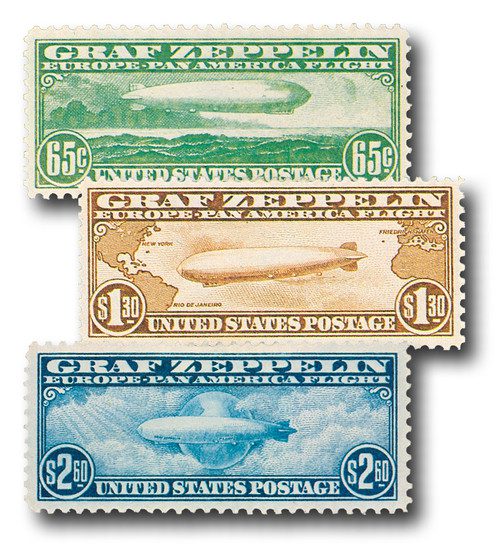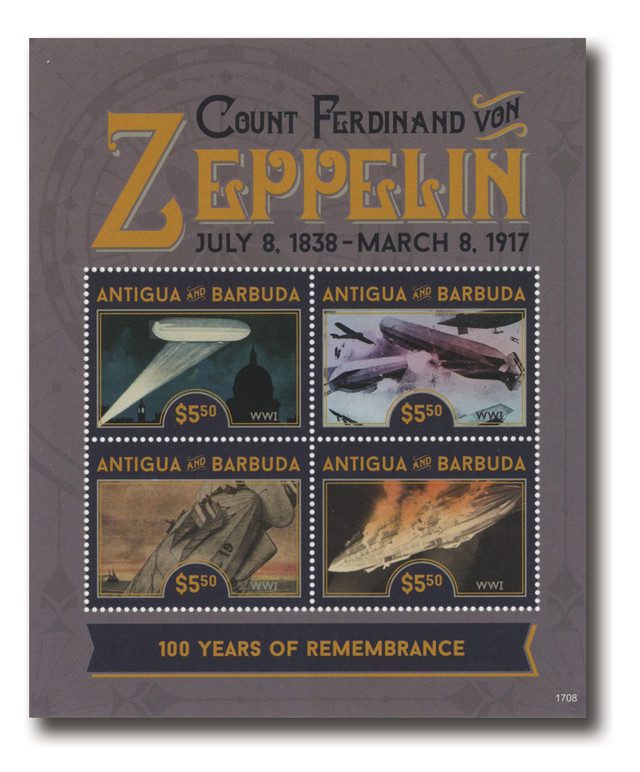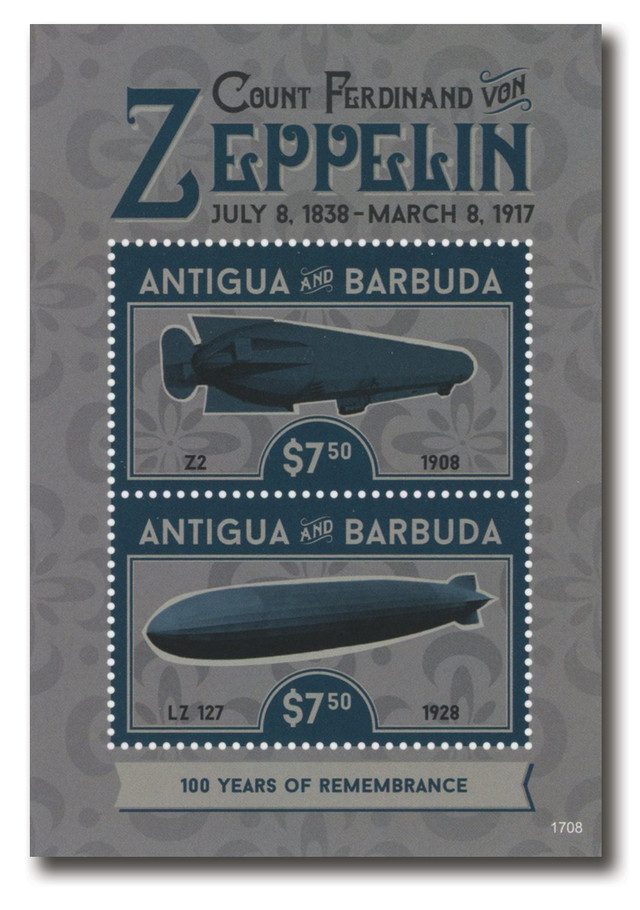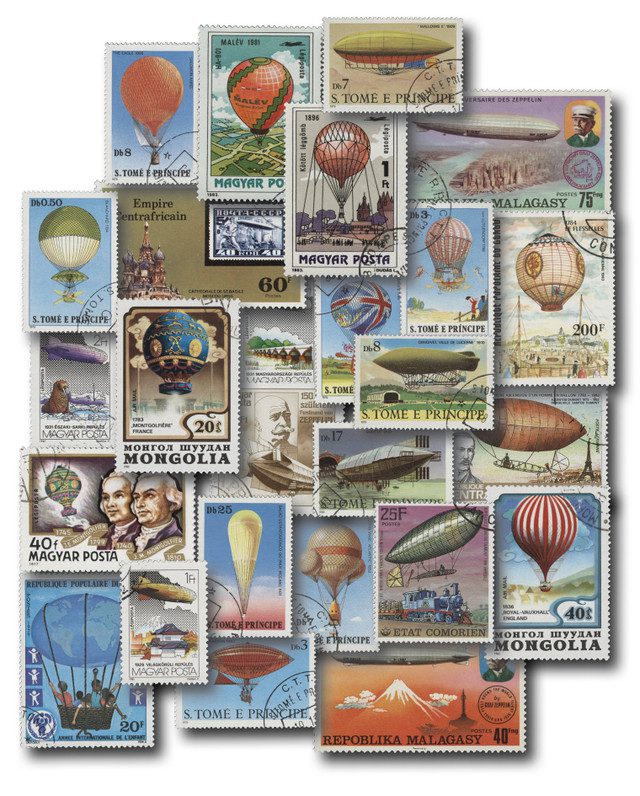On May 6, 1937, the Hindenburg zeppelin caught fire and exploded within a minute, killing over a third of the people on board.
Before commercial air travel was commonplace, people traveled from Europe to the US in airships. French engineer Henri Giffard designed one of the first steerable balloons. The cigar-shaped craft was filled with hydrogen, and was propelled by a small steam engine attached to an open platform. A rudder allowed Giffard to steer the airship. His first flight in 1852 lasted three hours and covered about 17 miles. Giffard didn’t make a return flight because the wind was too strong.
Perhaps the best-known airships were produced in Germany by a company owned by Count Ferdinand von Zeppelin. He added a skeleton made of light metals to his dirigible, which allowed him to increase its size and cargo capacity. Zeppelin’s LZ6 was the first airship made for transporting passengers. The world’s first commercial airline, the Deutsche Luftschiffahrts-Aktiengesellschaft (or DELAG), bought seven Zeppelins and used them for regularly scheduled flights.

The German army and navy also purchased the dirigibles and used them extensively during World War I. There were many improvements over Giffard’s craft. The 500-foot Zeppelins could travel up to 50 miles per hour and carry loads of about 10 tons. The Germans used them to patrol the North Sea to prevent British ships from approaching Germany. At least two airships were watching the waters at all times. Beginning in 1915, Zeppelins were also used on bombing raids over England. Over the course of the war, more than 5,000 bombs were dropped by the airships.
After the war, the new leader of the Zeppelin business, Dr. Hugo Eckener, wanted to use the airships for transporting people once again. On September 18, 1928, the company’s most successful airship, the Graf Zeppelin, flew for the first time. The next year, it traveled around the globe. One of the passengers was a reporter for William Randolph Hearst named Grace Marguerite Hay Drummond-Hay, who became the first woman to circle the globe by air. The Graf Zeppelin made many transoceanic flights carrying passengers and mail from Germany to the United States and Brazil.
Construction on the LZ 129 Hindenburg began in 1931, using salvaged parts from the wrecked British airship R101. Named after the late Field Marshal Paul von Hindenburg, President of Germany from 1925 to 1934, it was the lead ship of the new Hindenburg class. After five years of construction, the Hindenburg made its first flight on March 4, 1936, with 87 people aboard. The ship took another five trial flights in the next three weeks before it was deemed ready for its public debut.
That debut was actually a 4,100-mile Nazi propaganda flight. The Hindenburg and the Graf Zeppelin flew over Germany for four days dropping propaganda leaflets encouraging the German people to vote in favor of their occupation of the Rhineland as well as the acceptance of Nazi candidates. The vote was overwhelmingly in favor.
When that flight was over, the Hindenburg began its first commercial passenger flight on March 31, 1936. Over the next year, it made 17 round trips across the Atlantic, including ten to the United States. That summer the Hindenburg also made an appearance at the Berlin Olympics.
The Hindenburg began its second season in March 1937. After a successful trip to and from South America, the ship left Frankfurt on May 3, headed for Lakehurst, New Jersey. Over the next few days strong winds had slowed the journey across the Atlantic and thunderstorms further delayed the docking at Lakehurst, New Jersey. It was finally approaching the station when disaster struck.
While spectators watched the docking, the dirigible burst into flames and was completely destroyed in less than a minute. The disaster took the lives of 35 of the 97 people on board, and killed one additional person on the ground. The eyewitness radio report by Herbert Morrison became one of the most famous accounts in history. His expression, “Oh, the humanity!” became a popular expression to describe tragedies of all types.
Public confidence in the safety of airships was shattered and their era soon ended. Trans-Atlantic travel by airplane replaced the leisurely trip on the famous Graf Zeppelins. Many theories exist about the cause of the fire, including a static spark from the storm setting the hydrogen on fire, a hole in the fabric shell causing a gas leak, and even the possibility of a bomb planted by one of the passengers or crew members.
Click here to view a video of the final Hindenburg trip and here to view a piece of mail that survived the disaster.
Discover what else happened on This Day in History.





The correct spelling of the town where the Hindenburg left on May 3 is not Frankfort (towns in IL, IN, & KY), but Frankfurt. Actually, to be completely accurate, it should be Frankfurt/M. (on the Main River) to differentiate it from Frankfurt/O. (on the Oder River).
I enjoy the start of each day reading This Day in History. As a long time collector, I’m often ashamed at what I didn’t know about the subjects portrayed on stamps in my collection until reading your reports. Thanks, & keep up the good work. I forward the issues on to friends, so there are many additional readers to the count indicated.
Very interesting article. I was stationed at N.A.S. Lakehurst for 6 months in 1961-1962.
My mother, as a little girl visiting her Grandmother’s cemetery near Newark, New Jersey, saw the Hindenburg fly directly over them enroute to Lakehurst. Later that day, they heard of the disaster on the radio.
The main reason the era of Zeppelin flights ceased was the type of gas used. Hydrogen, which is very volatile, was used as the lighter than air gas. Another gas, that is safer, is helium. However, due the political climate at the time, helium could not be exported to Germany by the US. This is because of the Hitler and his Nazi regime. If helium was employed, there possibly would not have been a high lost of lives. If bomb was aboard, it could have been an act by an anti-Nazi group.
very sad to read about the disaster. Expression OH, THE HUMANITY said it all.
The zeppelins make a beautiful set of stamps. I find it interesting to learn more about the history behind the creation of the stamps. Mystic ensures that this is possible through this app and their description of the history of each stamp in the American Heirloom Collection. Keep up the good work!
Very informative and enlightening.This treasurechest of information should be available to schools,universirities and public libraries.
A year has passed, but the erroneous spelling earlier has still not been corrected. Why not?
And now another year has passed?
The spelling error has not been corrected now after 5 years!
WGP, it looks like we are SOL.
The spelling has been corrected!